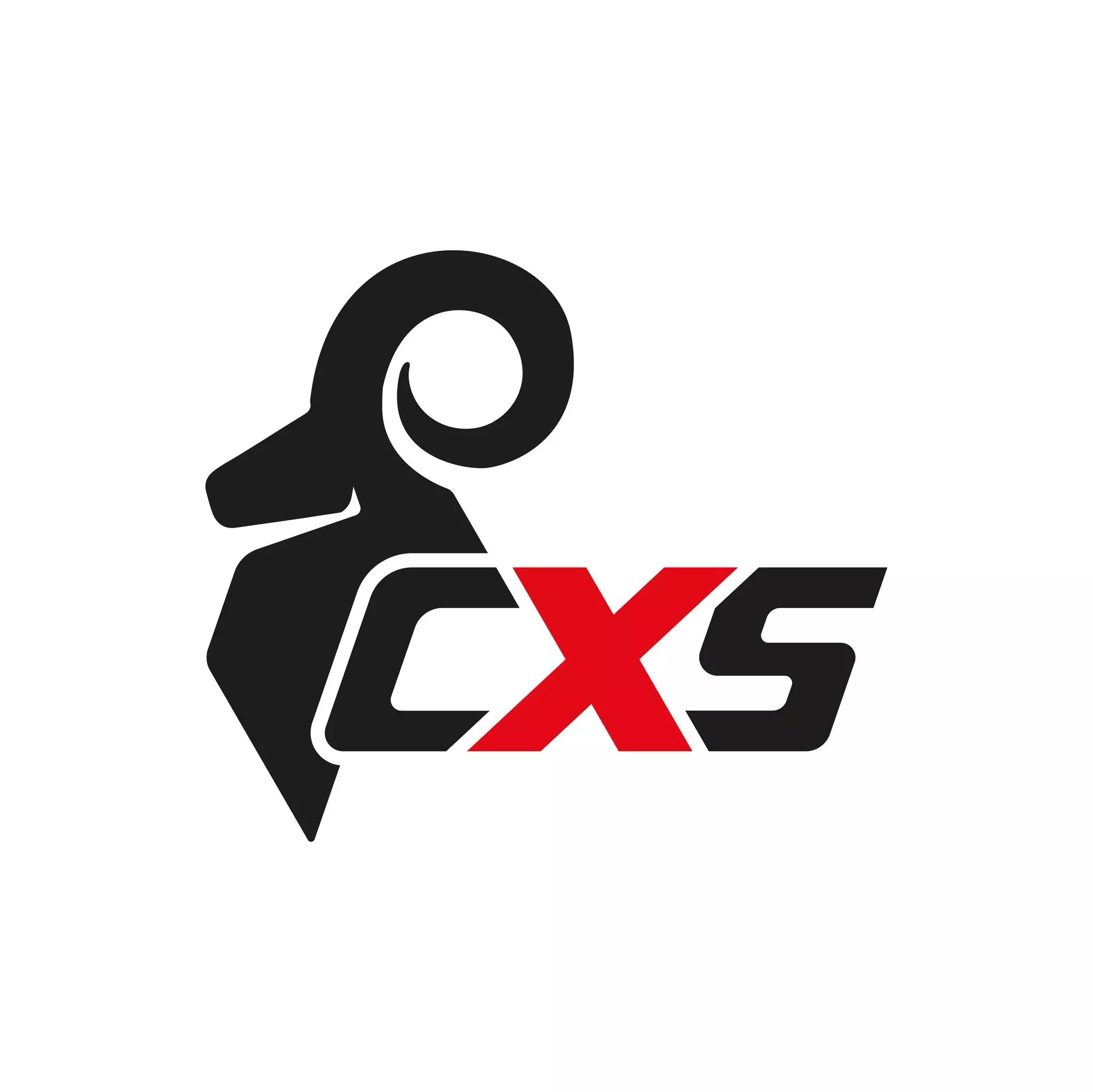CXS Texline Rab Low Footwear S1
Product description
Product Features:
- Safety low footwear
- Steel toe cap
- Reflective accessories
- Upper made of 1.4 - 1.6 mm cow suede leather combined with breathable textile
- Breathable and abrasion-resistant textile lining
Outsole Features:
- Rubber construction
- Oil resistant
- Antistatic
- Antislip
The material composition of the shoe's bottom portion that determines slip resistance, durability, and protection against workplace hazards like chemicals, heat, or punctures.
Enhances stability on slick surfaces, reducing the risk of slips and falls. Designed for reliable grip and secure footing in various work environments.
Withstands degradation from oil exposure, maintaining sole integrity and extending shoe life. Ensures reliable traction in oily environments.
The method used to secure the shoe to your foot, affecting ease of putting on/removing, adjustability for comfort, and workplace safety.
Indicates whether the footwear has protective reinforcement (Safety) or no special toe protection (Plain), affecting workplace safety compliance and injury prevention.
- High Visibility
- Electrical Protection
- Slip Resistant
Request a free sample
Test first and buy later. Visit any product page to request your free sample.
Standards and labels
Test results
General Requirements CRThe standard EN ISO 20345:2011 encompasses general requirements for safety footwear to ensure they provide adequate protection in various occupational environments. Rating 'CR' signifies that the footwear has a cut resistant upper ensuring enhanced protection. The test method involves assessing the material's resistance to splitting or cracking under certain conditions, which simulates real-world industrial hazards involving sharp objects or surfaces. Practically, this result ensures that the footwear is suitable for environments where there is a risk of materials splitting or getting caught, thereby providing essential safety benefits to the user.
General Requirements FOThe standard EN ISO 20345:2011, specifically its General Requirement FO, pertains to footwear containing fuel oil-resistant outsoles. When footwear under this specification successfully meets the FO requirement, it implies that the footwear's outsole has been tested and confirmed to resist degradation due to contact with fuel oil. The test involves exposing the outsole material to fuel oil for a determined period, typically 22 hours, at a controlled temperature of 22°C. This test assesses the change in volume and properties of the outsole following fuel oil exposure by measuring its tensile strength and elongation before and after the exposure. For procurement professionals, a positive FO result indicates that the footwear's outsole will maintain its mechanical performance and integrity when in contact with fuel oil, making it suitable for industries where oil exposure is frequent, providing durability and reliable performance under such conditions.
General Requirements S1The designation S1 under the EN ISO 20345:2011 standard signifies a basic level of safety footwear which includes several important features. Specifically, a footwear labeled as S1 has 200 joules toe cap, fully enclosed heel, anti-static protection, and energy absorption in the heel. The testing method to confirm the S1 classification generally involves specific conditions and apparatus to measure the effectiveness of the footwear under these criteria. For instance, the heel energy absorption is often tested by dropping a weight onto the heel and measuring the force transmitted through the footwear to simulate real-world impacts during usage. Meeting the S1 requirement implies that the footwear can adequately protect users in environments where static electricity, basic impacts, and exposure to fuel-related chemicals are a concern. This tag therefore allows safety managers and procurement professionals to match footwear to known workplace hazards, ensuring a suitable level of protection for employees in varied industrial settings.
CE Marking is a label that shows a product meets certain safety and environmental standards set by the European Union. To get the CE Marking, a company must test and certify their product meets these standards. CE Marking is required for many products sold in the EU, including electronics, machinery, toys and medical devices. It helps ensure that products are safe for consumers and the environment, and allows for easy trade within the EU.
CXS delivery terms
Free delivery when you order more than 150,00 € from CXS
Supplier shipping fee 5,00 €
Brand minimum 100,00 €
34,34 €
Price per pair
34,34 € / pair
Other products you may like
Similar products you may like
Recommended for you
CXS
Delivery time: 6 business days
Orders from 100,00 €
Supplier shipping fee 5,00 €
Free shipping on orders over 150,00 €



Find +150,000 products from hundreds of brands
Autonomous sourcing platform
The most efficient way to source and order supplies for your operations
Sourcing
Ordering
List products you’re looking for and we’ll find the best products and prices for you – all for free.

--- / Customer service






